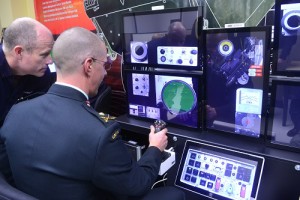Defence and security engineering firm, ADGA officially opened its new engineering centre just a few minute’s drive from Canada Armed Forces Base Kingston in Ontario.
The launch of the ADGA Training and Simulation Engineering Centre (TSEC) is an extension of the work being done by the company for the Canadian Army, which includes providing training support for soldiers on how to operate the Army’s light armoured vehicles LAV III and LAV 6.0.
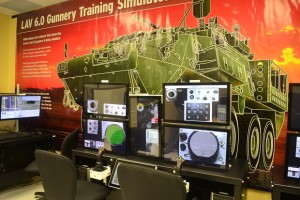
“The launch of the Training Simulation Engineering Centre underscores our ongoing commitment to deliver much-needed solutions to the Canadian Forces,” said Francoise Gagnon, CEO of ADGA. “We are honoured to take on this work in Kingston and proud to invest in job creation. More than 75 per cent of the team hired for the facility is from the local area.”
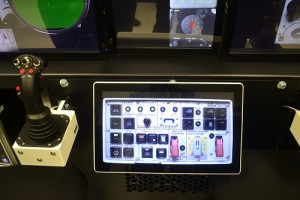
Many of the 15 programmers in the facility were in their mid-20s and early 30s and came from different backgrounds such as 3D modelling and computer game development. Not such as surprise when you see that the simulators actually look like buffered up game consoles. “Serious game consoles,” one of the programmers said.
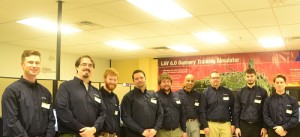
RELATED CONTENT
LAV 6.0: Protected, mobile and lethal
The simulation system showcased during the event was ADGA’s “Simulation-in-a-box”—a portable, networkable set of simulation consoles and associated software which provides connectivity with the Land Command Support System (LCSS) which in turn supports various annual military exercises throughout Canada.
Unlike more complex immersive simulation environments that run in the millions of dollars, the Sim-in-a-box package is more compact and considerably least expensive. It is primarily composed of a suite of software for 3D modelling or potential battlefield environments and scenarios which can be managed by an instructor to suit training requirements.
For the LAV 6 gunnery simulator, soldiers operate a mock-up of the armoured vehicle’s interior. Instead of an enclosed simulator, the users interact with the simulator through several display panels built to recreate the switches and control panels found in the LAV 6.0. The console for the vehicle’s driver is equipped with a steering wheel and gear shift. The consoles for the LAV gunner and commander both have a “joystick” for controlling and firing the vehicle’s 25mm cannon.
There are currently 80 such simulators being used at military bases across Canada.
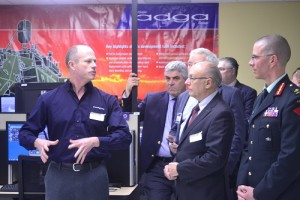
“Simulation is an integral part of the Army’s training programme,” Maj. Gen. Jean-Marc Lanthier, commander of the Canadian Army Doctrine and Training Centre at CAF Base Kingston told Vanguard. “It is and effective, efficient and very accessible way for training our troops on how to operate the vehicles they will be using in real-life situations.”
A particular issue with the LAV 6.0 is that the vehicles are already on military bases, but the immersive simulators designed for them will not be delivered until around 2020.
In the interim, soldiers are training on the ADGA system, according to Don MacQuarrie, lead architect, of the modelling and simulation team of ADGA.
“A single 25mm cannon round costs more than $100,” he said. “The simulator in this room has already gone through more than a hundred thousand rounds since it went up, calculate how much that would costs if were using live rounds.”
An added, advantage of the sim-in-a-box system is that individual simulators can be networked with other simulators. This will enable personnel and commanders to train in a “virtual” collaborative environment where LAV crews are interacting with other LAV crews, said MacQuarrie.


